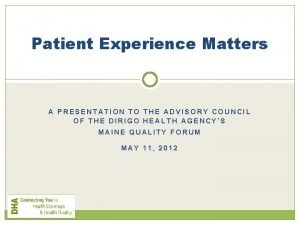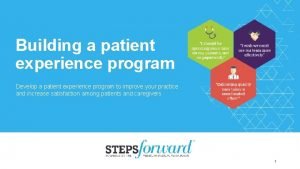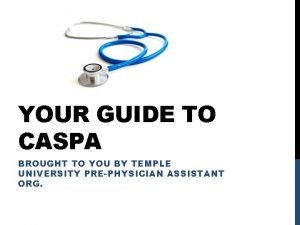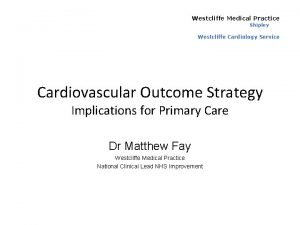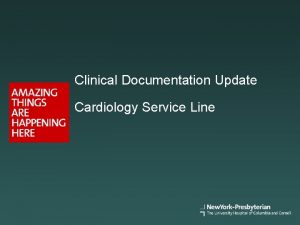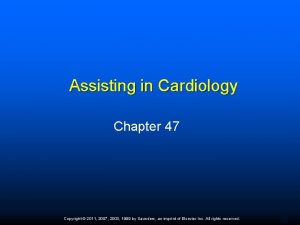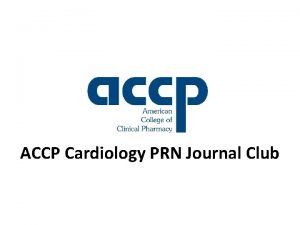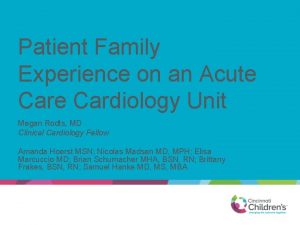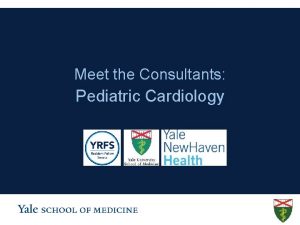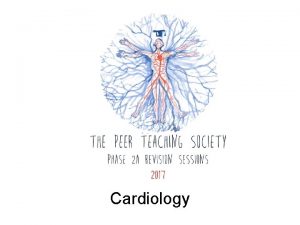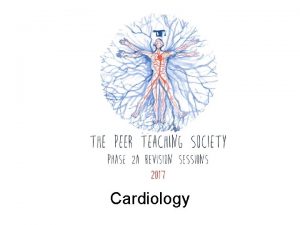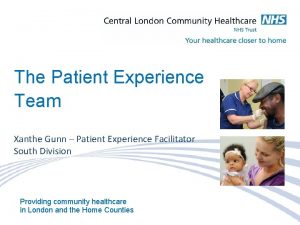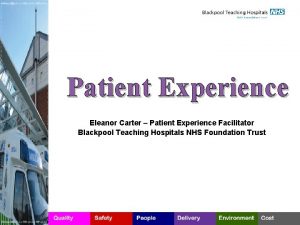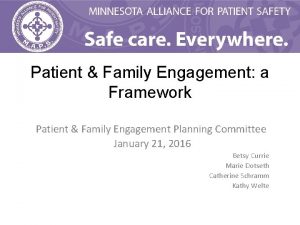Patient Family Experience on an Acute Cardiology Unit











- Slides: 11

Patient Family Experience on an Acute Cardiology Unit Megan Rodts, MD Clinical Cardiology Fellow Amanda Hoerst MSN; Nicolas Madsen MD, MPH; Elisa Marcuccio MD; Brian Schumacher MHA, BSN, RN; Brittany Frakes, BSN, RN; Samuel Hanke MD, MS, MBA

Background • Patient family experience (PFE) has been shown to drive outcomes when tenants such as quality and consistency of communication are evaluated – Communication is a key component of patient safety, and thus warrants close attention and objective measurement • There is a paucity of objective data on the collective experiences of inpatient cardiac patients and families • Post-discharge PFE surveys are standard after discharge from hospitalization in the United States for all ages 1, 2 • PFE surveys are a forum for families to provide feedback on their inpatient experiences • Characterizing and quantifying PFE can serve as a platform for quality improvement 1 CAHPS Child Hospital Survey. Content last reviewed July 2020. Agency for Healthcare Research and Quality, Rockville, MD. https: //www. ahrq. gov/cahps/surveys-guidance/hospital/about/child_hp_survey. html 2 CAHPS Adult Hospital Survey. Content last reviewed December 2018. Agency for Healthcare Research and Quality, Rockville, MD. https: //www. ahrq. gov/cahps/surveys-guidance/hospital/about/adult_hp_survey. html

Aims 1. To describe the collective PFE in a single, large acute cardiology unit 2. To identify priority areas for PFE improvement in acute cardiology

Methods • A PFE survey 1 was administered to all families via email and phone within 48 hours of hospital discharge. • This survey assesses common PFE priorities such as communication, input in care plan, nursing practice, and hospitality. • Question responses were anchored to a four-point response scale, 10 -point Likert scale or free response. • Responses were evaluated for patients hospitalized between January 1, 2019 and February 29, 2020 – Before COVID-19 1 NRC Health Real-time feedback website. Accessed July 9, 2020. https: //nrchealth. com/platform/real-time-feedback/.

Methods: Survey Questions Did you and your child feel safe in the environment provided by the hospital? What would have made you feel more safe? Did the care providers explain things in a way you could understand? Did the care providers listen carefully to you? Did you have confidence and trust in the nurses treating your child? Did the staff do everything they could to help your child with his/her discomfort? Did you receive consistent information form all care providers during this visit? Was there good communication between the different doctors and nurses? Did you have enough input or say in your child’s care? Were your room and bathroom kept clean? Did nurses treat you with courtesy and respect? Were you comfortable talking with nurses about your child’s worries or concerns? Did nurses explain things in a way you could understand? Did the care providers explain what to do if your child did not get better after leaving? Were you pleased with the quality of food services during your child’s hospital stay? How likely would you be to recommend this facility to your family and friends? Using any number from 0 to 10, where 0 is the worst facility possible and 10 is the best facility possible, what number would you use to rate this facility? What else would you like to say about your experience?

Methods • Outcomes of Interest: – % of families who respond 9 or 10 out of 10 for the overall rating of their experience, or – % of families who respond “Yes, Definitely” to the other questions • Statistical Process control chart (p-chart) was used to evaluate changes over time. • Pearson’s correlation was used to identify which priority had the strongest association with the overall experience. • Finally, a thematic analysis was performed on open-ended comments with the identification of common themes.

% 9 or 10 out of 10 Overall Rating of Facility 0% % 9 or 10 out of 10 2/01/20 (n=19) 1/01/20 (n=11) 12/01/19 (n=15) 11/01/19 (n=13) 10/01/19 (n=14) 9/01/19 (n=13) 8/01/19 (n=10) 7/01/19 (n=15) 6/01/19 (n=15) 5/01/19 (n=13) 4/01/19 (n=18) 3/01/19 (n=15) 2/01/19 (n=15) 1/01/19 (n=07) Results • 19. 3% response rate (209 surveys) • Average facility rating: 87. 6% Patient Family Experience % 9 or 10 out of 10 100 90 80 70 60 50 40 30 20 10 Time Control Limits

Results

Results: Some Qualitative Commentary Themes INCONSISTENT COMMUNICATION BETWEEN STAFF UNDERSTANDABLE EXPLANATIONS, INCLUDING FAMILY IN PLANS “My child had to go nearly 18 hours longer than necessary without food or drink due to miscommunication between teams…I explained specifically what his surgeon said about resuming feedings, but when the NP contacted the surgery team, their residents-fellows had different suggestions than what the attending surgeon who completed his surgery suggested. This resulted in an unnecessary hungry/crying/upset child for 18+ hours. ” “Every single staff member was amazingly friendly, helpful, professional and listened to us, cared for us and our child. The staff are over the top knowledgeable as well as able to explain things in layman terms if needed. We felt our input and questions were taken seriously, valued and welcomed. ” “We are there a lot for visits and for hospital stays most of the time things are good and we don’t have any issues but this last stay…so many things were messed up with miscommunication between her and the doctors and other departments by the end of the day I was so aggravated on top of miscommunication I had to tell her things over and over” “They did excellent…involving my daughter and I and her care and her plan and all of these doctors did an excellent job at explaining things to where that we could understand them and they all did a great job”

Conclusions • PFE can be defined, measured, and followed using readily available family surveys • In our population: – Priorities surrounding hospitality received low ratings, but did not correlate strongly with overall experience – Priorities with highest correlation to overall experience surrounded communication • Attention to degree of correlation can help to prioritize quality improvement initiatives • Therefore, quality and consistency of communication will be the focus of initial future interventions to improve the PFE.

Acknowledgements • Cincinnati Children’s Center for Patient Family Experience • Participating Patients and Families
 Imprinting meaning psychology
Imprinting meaning psychology Early experience vs later experience debate
Early experience vs later experience debate Direct vs indirect experience
Direct vs indirect experience Transforming patient experience
Transforming patient experience Why patient experience matters
Why patient experience matters Patient experience program
Patient experience program Caspa achievements examples
Caspa achievements examples Patient 2 patient
Patient 2 patient Westcliffe medical centre
Westcliffe medical centre Clinical documentation improvement for cardiology
Clinical documentation improvement for cardiology Cardiology procedures chapter 47
Cardiology procedures chapter 47 Accp cardiology prn
Accp cardiology prn




